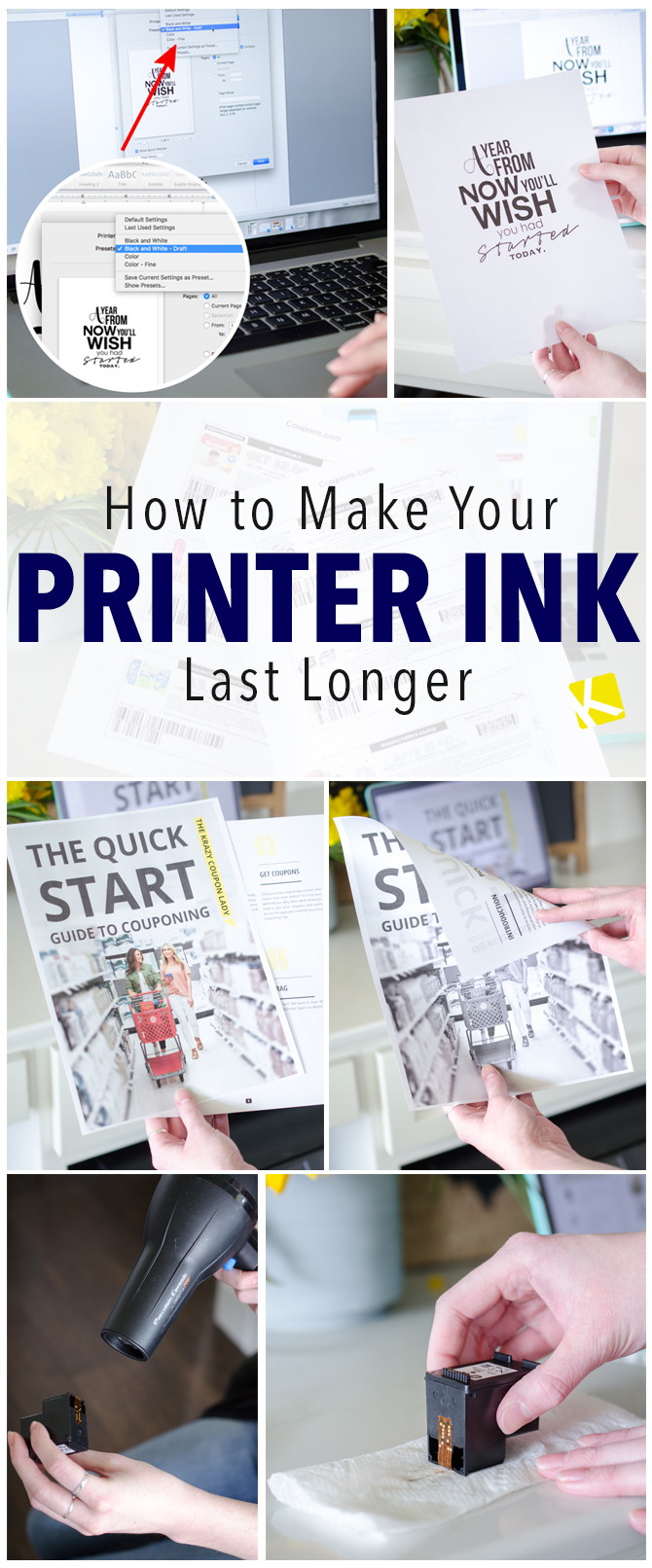

Is the number of millilitres (ml) in an ink cartridge useful?

Remember though, this isn’t an exact science as your estimates probably won’t be exact and of course your type of printing could change but now you’ve got realistic number of pages to work with.

Now you have your average percentage, here’s an example how many pages you’d get from a High-Capacity HP 301XL Black Ink Cartridge. Which best reflects your average page printed? Try to get a sense of what a typical page looks like in terms of how much ink you’re using. Select say 10 random pages and lay them out in from of you. If you have some prints lying around that are typical of the kind of thing you print, gather them together. But how many pages will an ink cartridge print for me? So, page yield is very useful if you’re comparing how many pages different cartridges will print because it creates a level playing field. Technically, you may get an even higher number of pages than the page yield figure suggests but you'd need for your pages to be less than 5% ink and printer manufacturers make no guarantees their cartridges will print more than the stated page yield. If an average of 10% of your pages ware covered by ink you’d get 250 prints from A and 500 from B. If your average page was 5% ink, you should get 500 pages from cartridge A and 1000 from cartridge B. Cartridge A has a page yield of 500 pages and cartridge B has yield of 1000 pages. The page yield quoted for a cartridge can’t be used as a guarantee for how many pages you’ll be able to print for the reasons above. It’s also advisable to use your cartridges within a year of purchase and ink will eventually dry out. Keep your cartridge (and printer) in a room with a relatively stable temperature, away from direct sunlight or high humidity. How you store your ink can affect how many pages you’ll get from a cartridge.

Try to avoid leaving your printer completely dormant for weeks or months at a time. You may then need to run a cleaning-cycle which uses up ink. If you leave long periods between printing, the printheads in your machine can dry-up. ‘Best quality’ will obviously use more ink than the ‘draft’ setting so check your printer settings! If your printer has different printing modes, that can also make a big difference. If you’re using a 10-year-old machine it’s likely to be using more ink per page than a new model. Naturally, newer models tend to be far more efficient. The age of your printer can also make a difference. In the same way different cars use varying amount of fuel to cover the same distance, different printers use different amount of ink to print the same number of pages. Then of course you have colour and photo printing with the usage of each colour ink varying greatly depending on what you print. Background shading can also use up lots of ink.
How to make my printer print less ink full#
If you’re printing pages full of text or images that will obviously use lots more ink than more sparsely laid out documents, like invoices for example. Not all prints are created equal! We’re all printing different types of documents in different proportions. Not necessarily, because there are other factors that can make a big difference. Is page yield an accurate guide on the number of pages? The print industry came up with a mutually agreed measure based on an A4 page having an ink coverage of 5%. It’s technically the maximum number of pages a cartridge should print before running out. Page yield is a term you should see on any reputable website selling ink cartridges and it’s usually given as a specific, sometimes very exact number e.g. Here at Stinkyink, one of the most common questions our customer service team receive is “How many pages will I get from an ink cartridge?”.


 0 kommentar(er)
0 kommentar(er)
